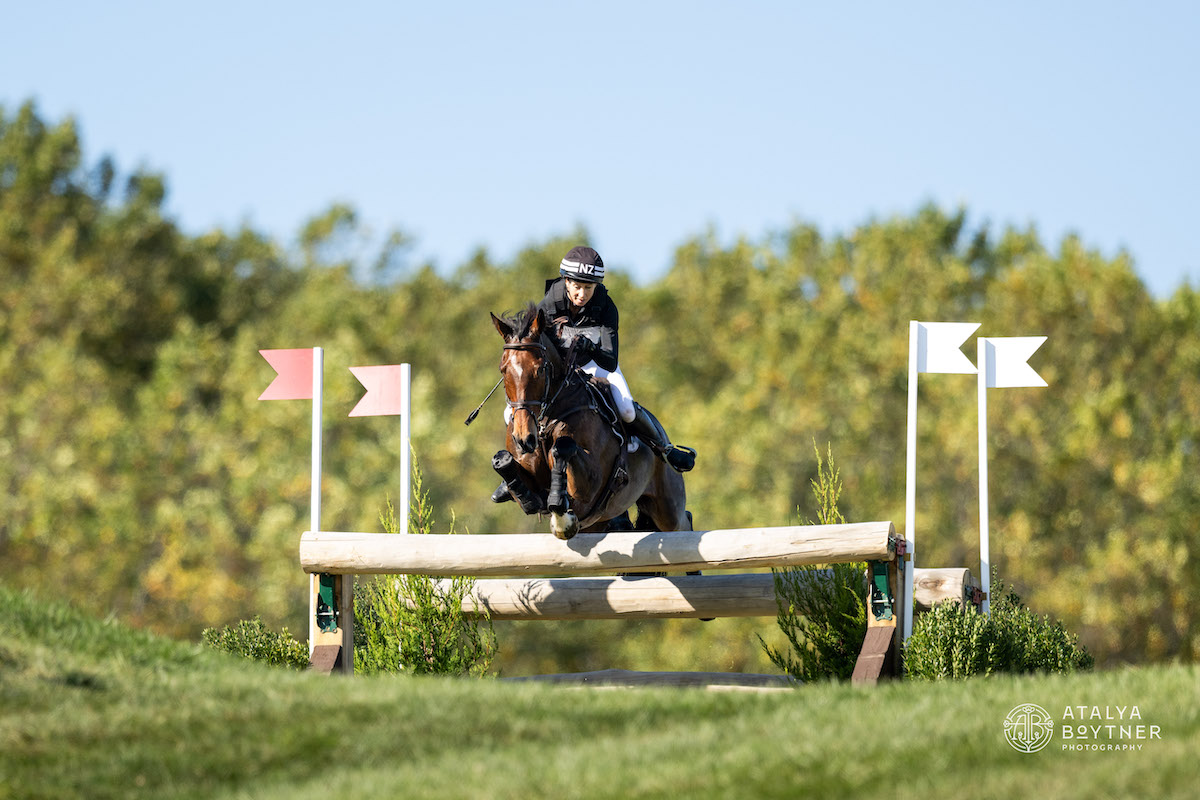This article was written by Marcella Peyre-Ferry and was originally published in Saddle & Bridle. It is reprinted here with consent.
There are horse shows that go on for years with great success and then it suddenly ebbs, with the show holders never knowing why. Other shows may be just as confused when they have a year with a huge jump in participation for no obvious reason. Whether your show is growing, failing, or remaining pretty much the same from year to year, knowing why is useful. If you have good data on why people like your show or choose to pass it up, you can build on the positive features and correct the bad ones.
Word of mouth is the most obvious way to find out what people think, but it is not necessarily the most dependable. Some people hesitate to say what they are really thinking because they do not want to offend anyone, or because they don’t feel that their problems are big enough to matter. On the other side, there are always a few people who come away from a show angry and have no problem telling everyone their complaints.
An anonymous survey is probably the best way to get a real picture of how entrants feel about a show. You can do it on site by providing paper survey forms that can be completed and turned in at the show or mailed later, but there are modern ways that may work better.

(flickr.com/Roger H. Goun)
Survey Monkey and other services provide quick and easy ways to get feedback on your horse show, or create a survey of your own for entrants to fill out along with their online entry forms. People who would not bother to take the time to fill out a printed form with a pen or pencil might be more likely to respond to an emailed survey request. You can also add an incentive for people to respond by offering a prize of some sort to the winner of a drawing from all respondents.
Knowing what to ask is as important as getting people to respond to your survey. Don’t ask for long, descriptive answers. Simple yes or no questions, or asking for items to be ranked from ‘bad’ to ‘great’ or 1 to 10 are quick to answer and very helpful. Multiple-choice questions are also good, such as: ‘check the items that you like best about the show’ followed by a column for the items they like least. You can list the footing, stabling, awards, food, class schedule, divisions offered, costs, or just about anything that you might be able to adapt or improve. Don’t make the survey too long. Keep it to the point with questions about items that you have the potential to change. There is no point in asking how they liked the weather when you have no control over the rain clouds.
The most important part of a survey is what you do with it once you get the responses. There is no point in bothering with a survey if you are not going to be willing to act on it. There will be some changes that are fairly easy. If everyone hates the food, look around for a new food vendor to add to or replace the one you already have. Other changes might be easier to accomplish than it seems at first. If everyone is complaining about the cost of the show, and you are barely meeting costs, you may not feel you can afford to drop prices. Instead, consider offering incentives or discounts for entering multiple divisions. Done properly, something along these lines could increase entries and boost the overall show income.

(flickr.com/Jean)
The items that some people love and other people hate are the hardest to act upon. If half your survey respondents say they love the classes you are offering, and the other half are begging for change, it is hard to decide what to do. Instead of jumping full force to one side or the other and alienating half of your entrants, you could try hunting for a compromise. Maybe adding a little bit of something new while keeping most of the old.
If you do a survey once, you should make it a regular thing that you repeat every year so that you can compare and see how well you are doing. Don’t keep the results secret. Print them in your show program or put them on your website. If people who did not respond disagree strongly with the results, they will be more likely to participate. When you publish a summary of the survey results, put in a note about how you are responding to the feedback. Let your show entrants know that you care about them and want them to have a good experience. If you provide proof for how you are working to make your show better for them, they will keep coming back and supporting your show.


 October 12, 2016
October 12, 2016 

























